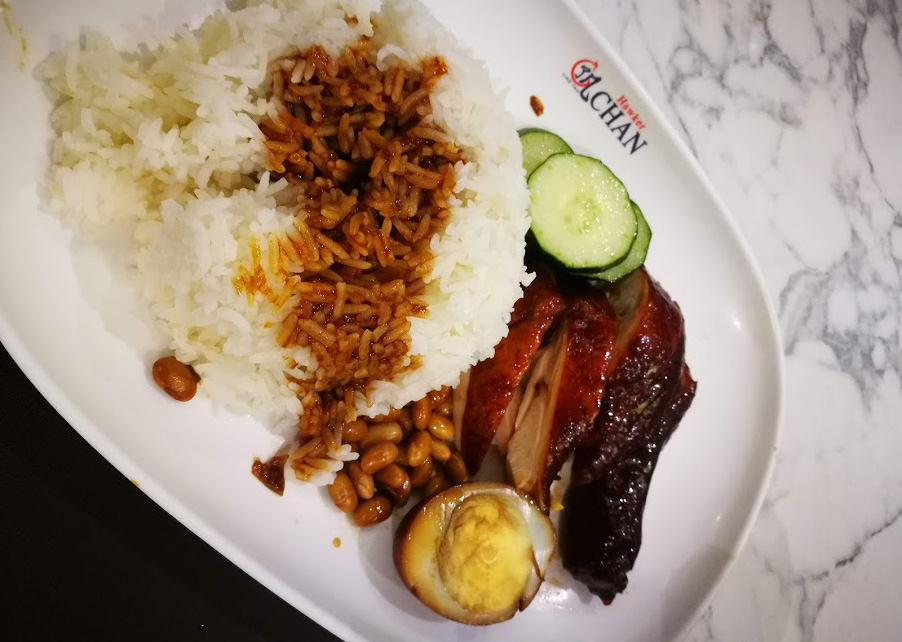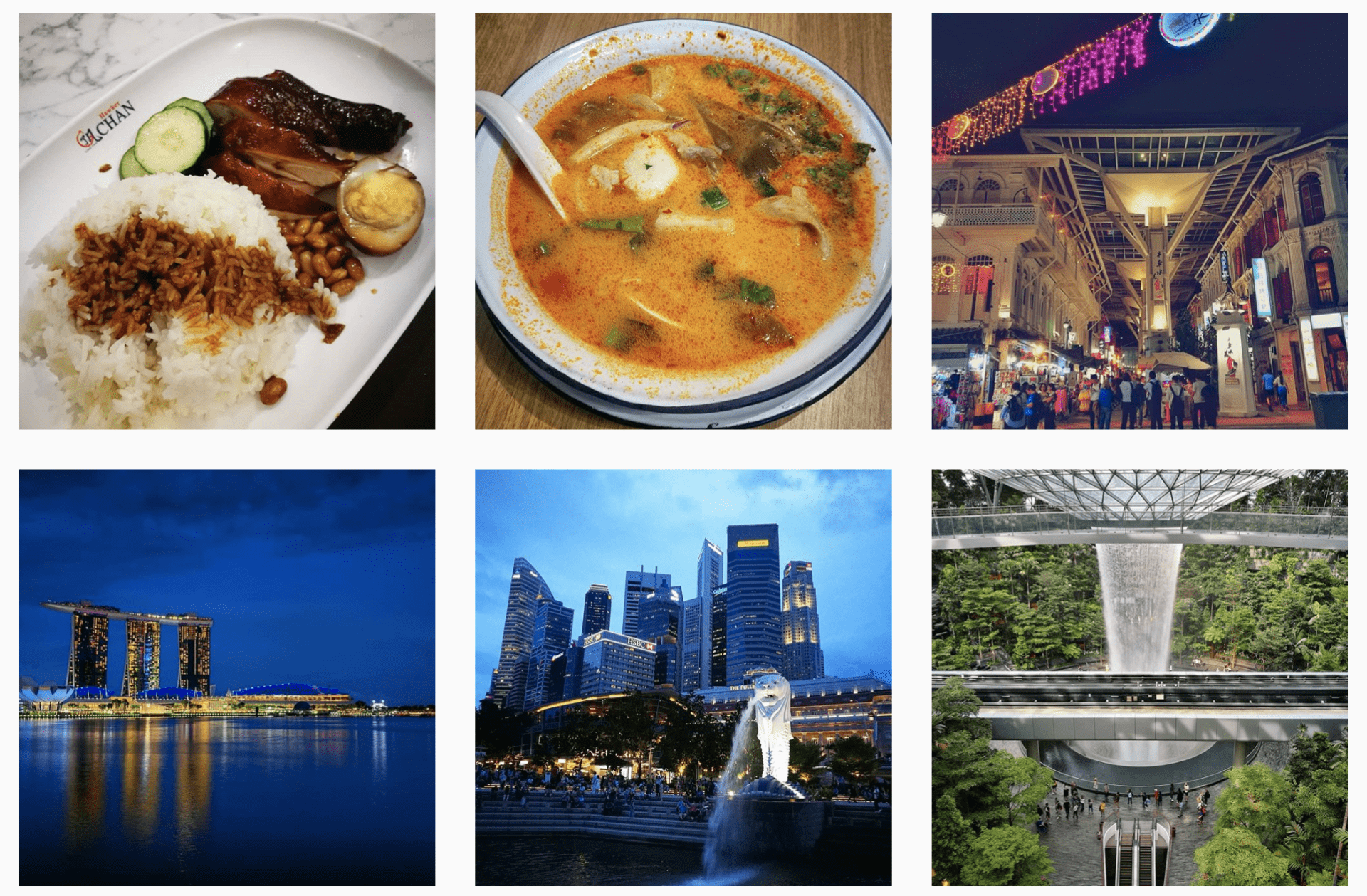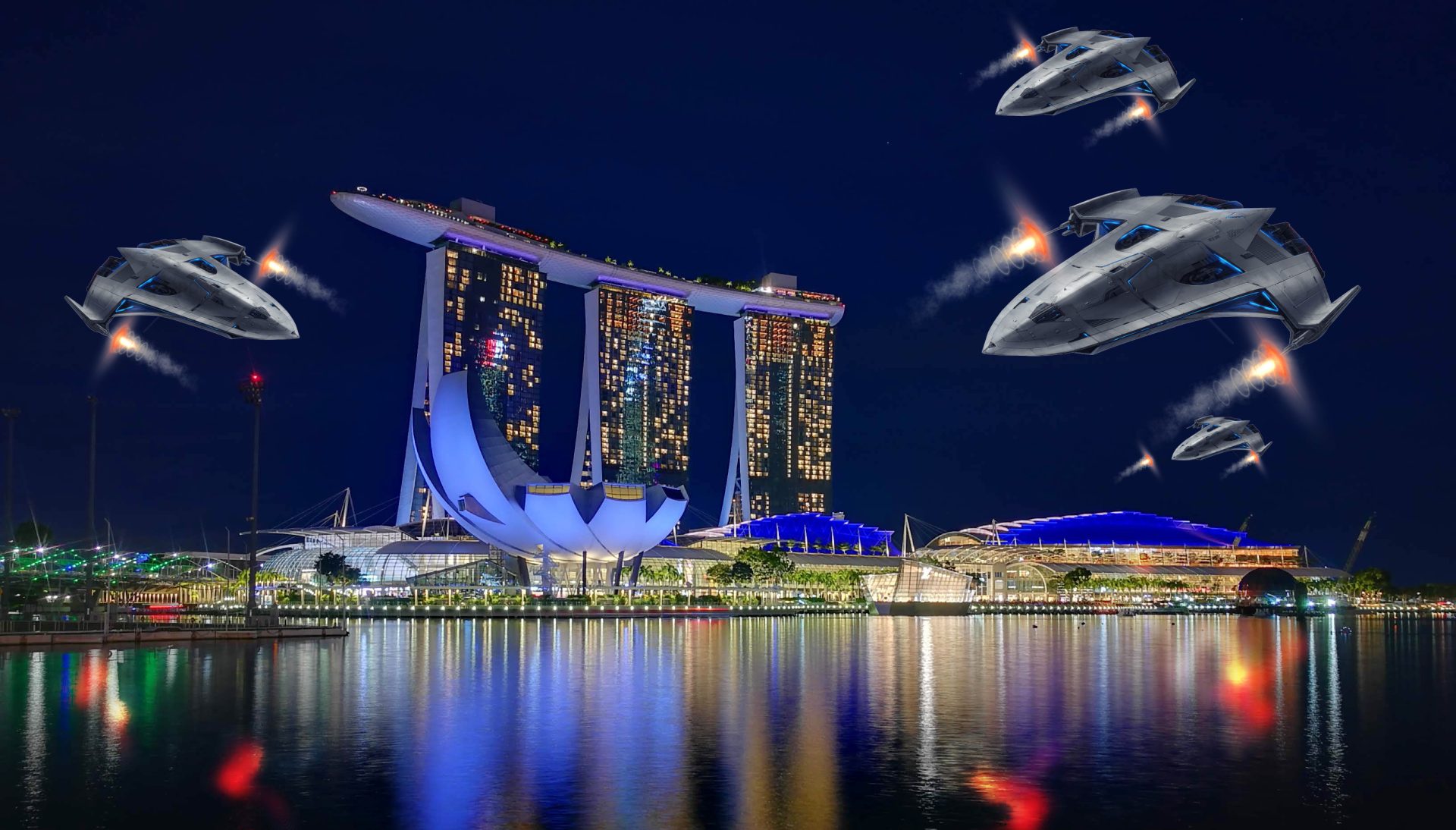I was in Singapore a couple of weeks ago to attend a design masterclass. I was venturing into the unknown, the invisible. Actually, that’s what the masterclass was titled — “Designing the Invisible”. Katja Forbes, the renowned designer and coach would run this masterclass on AI. The theme was how designers would fit into this emerging mix of AI and machine learning. Me, a visual designer, had designed pixels or sometimes tactile paper for my entire career – but designing the invisible was something new and it immediately caught my attention. How do I design something I cannot see or feel? This was fascinating. Hence, I embarked on a journey to visualize the invisible. However, I did not know what I was about to discover. Though I initially ventured out to search for ideas and wisdom, I came back with a valuable lesson. It was much more than design being just a discipline or AI a specialization. I came home understanding and realizing that there’s nothing such as design, and whatever we do, whatever we say — everything narrows down to how well we are able to help businesses acquire and retain customers.
In global context, designers aren’t punching pixels anymore. Designers have become problem-solvers. This whole profession of designing has become an assembled league of superheroes who are out there to solve complex business problems.
Traditionally, what we all call “design” — an app, a mockup or anything is just an outcome of the rigorous routine. A photoshop file or an Invision mockup are NOT designs. They’re simply an outcome, a solution. The prescribed mockup is just meant to be a tool to use to solve the problem — it in itself is quite useless. Trust me.
What about those beautiful designs people post every day in Dribble, Behance, etc.
Unfortunately, a pretty visual designed without a specific purpose is just vanity. If you’re not solving problems, then there is absolutely no point using fancy colors, trendy fonts, and cool gradients to design something. Eventually, their essence will fade and you’ll gain nothing. But they’re so pretty! Yes, humans too are pretty. But we don’t measure the success or usefulness of humans by looking at their faces, do we? We do not objectify people anymore, do we? So why should designs be an exception? A pretty design without function is useless. I’ve come to understand that a style guide, visual mockups are one of the last things a designer must do in order to hand over the project to development. Before that, there are oceans to scale and mountains to measure. You cannot get away by simply becoming a UI designer. UI designers will be gone in a few years. Just this morning I read news about machines being able to export React components directly from Sketch. Airbnb already has a tool that can convert paper prototypes into hi-fidelity mockups. What are you gonna do when machines take over? What will you do when your UI skills become redundant? What next? Just become and remain a designer. The term “designer” is much more than just someone who sits at their desk and uses Sketch/Figma. Don’t push too hard to become a UI or a UX or a visual designer. Become a holistic driver of the team who steers the mothership towards success. Machines need you. The world needs you! Become the superhero we all need.
Designers are future-proof. Designers are eternal.
A thousand years ago, it was a designer’s curiosity that got us the first wheel. It was a designer who believed that when you piece together metals in a specific way, you could create an airplane. These things just didn’t become because somebody felt like inventing a plane. It’s rigor and devotion, and the feeling of responsibility towards humanity that makes designers come up with ideas that serve us all and make us better people. That’s the purpose of a designer — to show the world what we’re capable of. When initial user testing was done towards creating the first motor vehicle, all that people wanted were faster horses. A horsecar was a commute standard, and nobody even knew a motorized vehicle could exist. A designer showed the world that yes, a motor vehicle is possible and thus it happened. See, as a designer, that’s your job — to show the world something non-existent is possible, and not just possible it’s going to make your life better. Who knew Instagram Stories would even become a thing when people dialed in their first modem?
What do I do then?
Let’s get to the kitchen analogy. No matter what cuisine you cook, the basic process is the same — flame, pots, plate and utensils. Photoshop, Sketch, Figma are your utensils — they’re not food. Tomorrow, something better will eventually replace them. You got to figure out a way to prepare the food. Once you have the best food, it doesn’t matter if you serve them in china or a to-go paper bag. People will buy it. People will come for it time and again. That’s what design is. Learn to cook the recipe. Everything else will follow. Your dressing and garnishing are the last bits of the touch-up. Do not indulge too much on what’s it’s going to look like or which plate I’m going to serve in. Focus on the food. Pick the right ingredients and serve the most basic purpose of cooking — feeding people.
 Hawker Chan, ladies and gents!
Hawker Chan, ladies and gents!
Let me introduce you to Hawker Chan. This is a very small street-side shop in Chinatown, Singapore. It’s not a huge restaurant, it has a limited menu. But there’s something extraordinary about this place — their soya sauce chicken is a Michelin 5-star rated dish. The chefs do it so well that people from around the world come to take a bite of it. That’s the power of a well-prepared dish. I was superbly hungry the day I went to eat this soya sauce chicken. I appreciate the texture and thick aroma of the chicken, it solved me plenty of problems. It fed me and I was good to go to Supertrees at the Bay. Without it, I would feel miserable and hungry. It solved the biggest problem I had at that time. That’s why it’s successful. All designs should be as successful that way. Net-net, I’m saying that yes, presentation is a must. Make sure it looks nice, but focus on the heart of the design — the content and the purpose. Once you’re able to fix this, your design is fixed. Nothing else matters.

